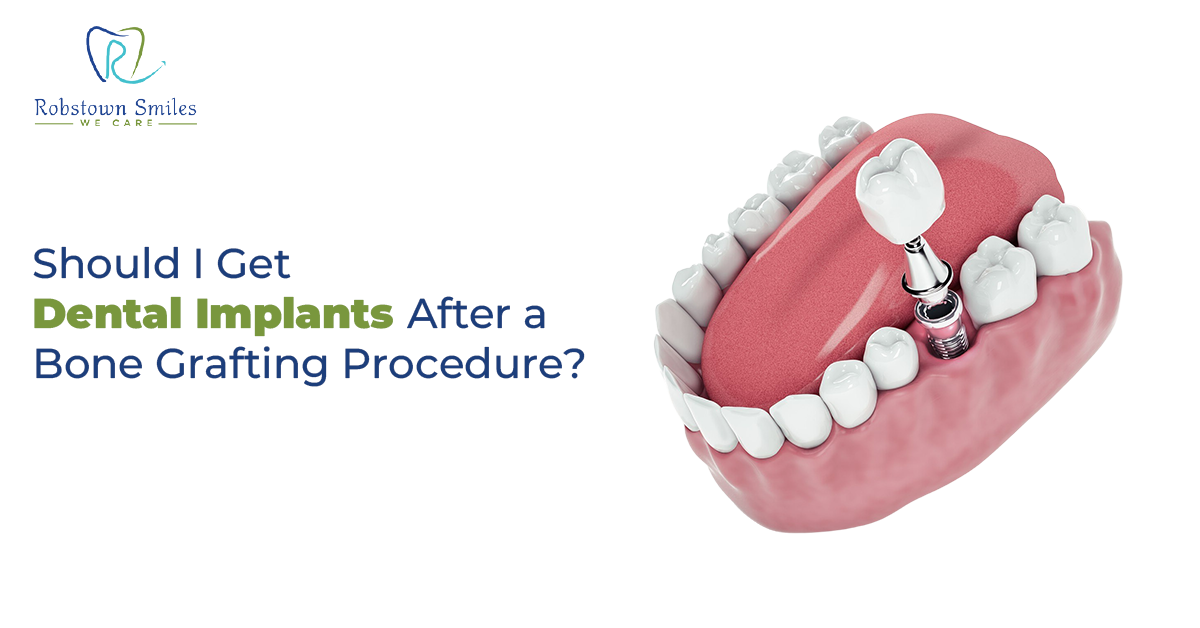Losing a tooth can be such a nuisance, especially if it affects your mode of eating, speaking, or even smiling. Thankfully, dental implants rank among the best solutions. But here’s a catch—they need a stable platform to hold on to. This is where bone grafting steps in.
Why Bone Grafting is Sometimes Necessary?
Your jawbone can weaken and shrink over time due to gum disease, injury, or long-term tooth loss. When that occurs, there often isn’t enough bone for dental implants to securely rest upon and bone grafting can help with this. Bone grafting adds new material to the jaw allowing it to later support implants.
Why Implants After Bone Grafting Make Total Sense?
Here are some good reasons to consider getting dental implants after a bone graft:
- Stops Bone Loss in Its Track: Implants actually stimulate your jawbone to prevent further damage.
- Increased Support: Due to the graft, your jaw is strengthened and can hold the implant securely.
- Built to Last: A quality base will see your implants through many years, even a lifetime if you take care of it.
Also Read: Latest Advances in Dental Implant Technology for 2025
- Smile Makeover: They feel like your own and give you back your self-confidence, with or without a smile.
- Feels Like Real Teeth: It is now possible to speak, chew, and have a normal life without slipping dentures or gaps.
So When Will You Have the Implant?
Recovery time after bone graft can range from 3 to 6 months. Everyone heals at their own pace, and it also varies with what graft is being used. Your dentist will check on healing with X-rays and let you know when it is time to move forward with the implant.
Summing It Up
If you have already undergone a bone graft, it is not only safe to have a dental implant after that. It is generally your best bet. It gives you a natural-looking long-term solution to missing teeth. Just make sure to stay in touch with your dentist and follow their advice to have the best outcome.

